Basic AI Chatbot Pricing: A simple chatbot that can answer questions about a product or service might cost around $10,000 to develop.
Read More
![]() Location :
Orlando, FL, USA
Location :
Orlando, FL, USA

Company

From humble beginnings to distinct milestones, We have made history.
Providing detailed architecture diagrams, design guidelines, regular status updates, review calls, best coding practices, advanced deliveries, product enhancement insights, and comprehensive post-deployment support.

Years of Experience

Dedicated Professionals

Successful Projects

Happy Clients

Golden Opportunity For Unconventional Thinkers! We have made history.
Mail Your CV at : hr@biz4group.com

Our Leadership Team Crafting the Future of Business with Visionary Leaders

Chief Sales Officer

Board of Director

Technology Director

CTO

Technical Director

Chief People Officer

Founder & CEO
AI Products

Achieve 50% increase in agent productivity and 80% in CSAT.
Efficiently categorizes customer inquiries for streamlined support & faster response times.
Automates booking process, managing calendars and setting reminders for upcoming appointments.
Handles transactions smoothly, ensuring secure payments and processing refunds without hassle.
Keeps customers informed by tracking orders from dispatch to delivery accurately.
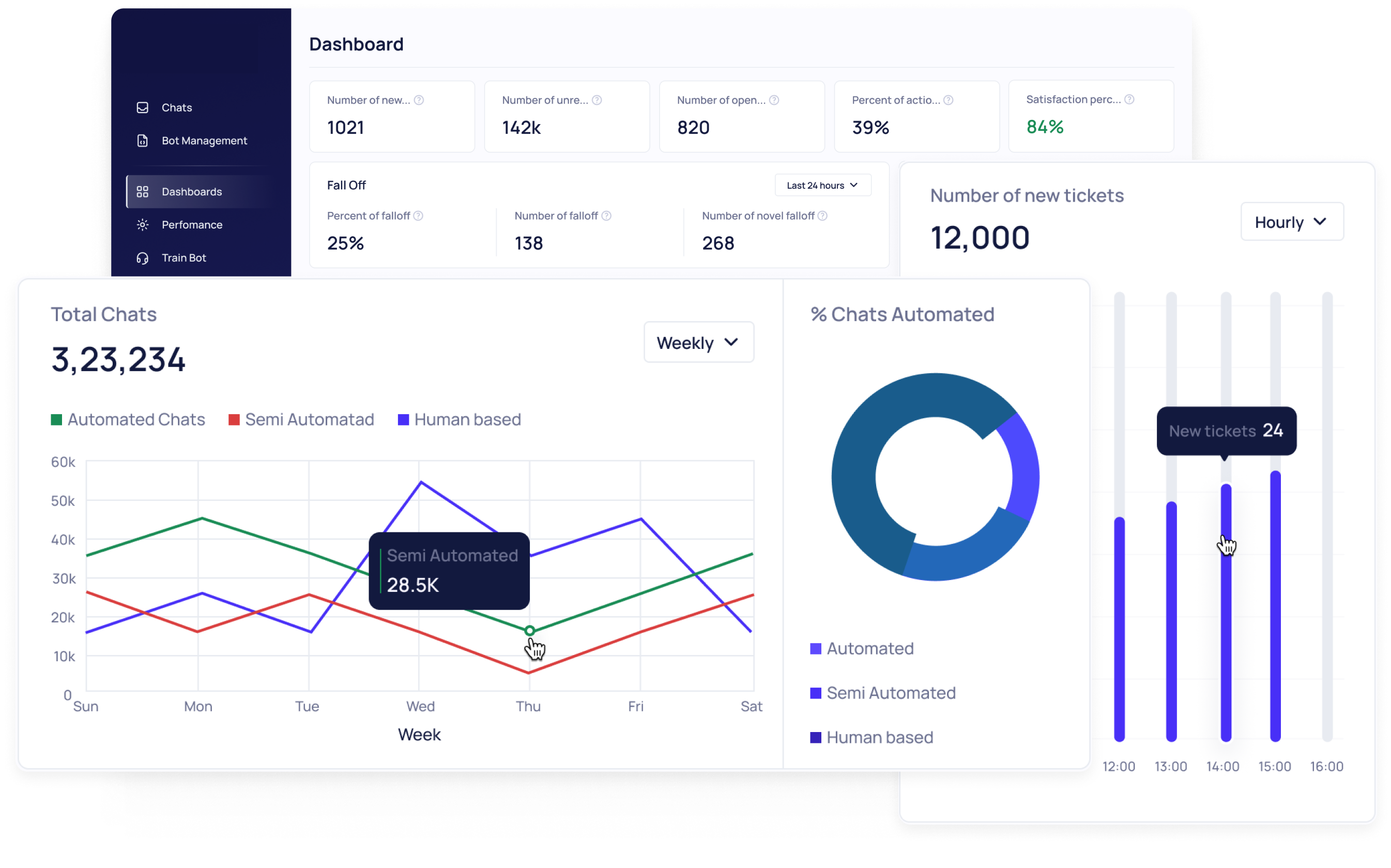

Streamlining the recruitment lifecycle with AI capabilities
Enables swift communication between job seekers, employers, and staffing agencies.
Automates payroll, ensuring accurate, timely payments and reducing manual errors.
Seamlessly integrates with CRM and accounting for efficient staffing operations.
Customizable software for agencies to maintain brand consistency and professionalism.
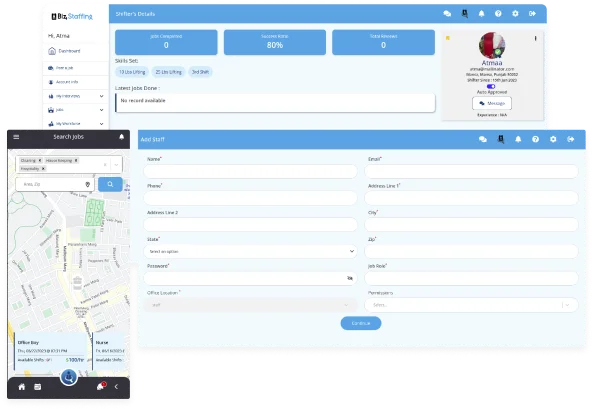

Supporting most of the IoT sensors and actuators out there.
Access to all your IoT devices via centralized internet.
Generate PDF reports for sensor data and share them directly.
Set limits so that you get quick alerts if something goes wrong or isn't as expected.
Spot patterns and detect deviations in sensor data.
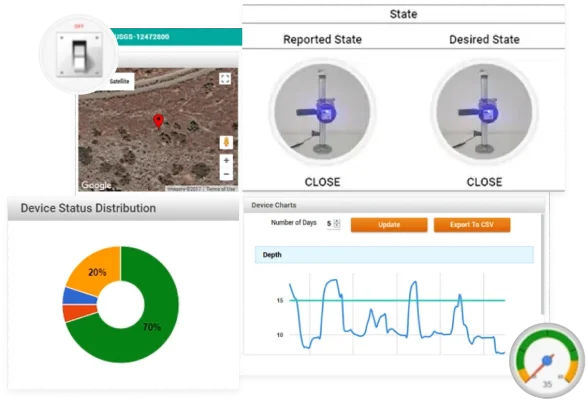

Streamlining enterprise eCommerce with Biz4Commerce®
3D visuals and AR for product illustrations.
AI-powered
chatbots, CRM integration
Lead scoring, automated landing pages, cross-selling and up-selling.
Multi-language and currency support, taxes and payment.
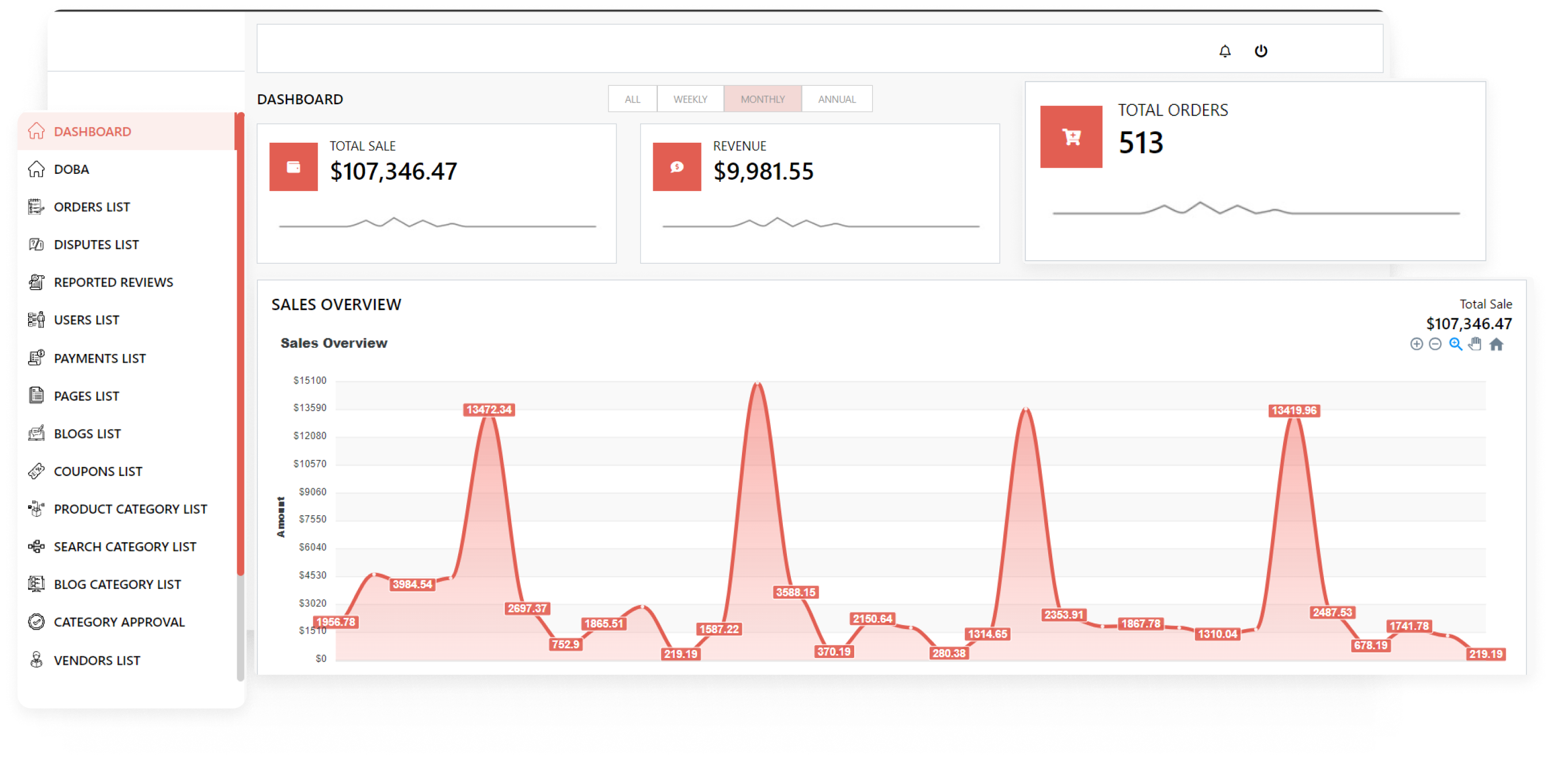
Services





Resources
Discover our handpicked collection of insightful blogs on latest industry trends.

Basic AI Chatbot Pricing: A simple chatbot that can answer questions about a product or service might cost around $10,000 to develop.
Read More

Biz4Group is a renowned software company that offers advanced IT solutions based on cutting-edge technologies such as IoT, AI, and blockchain. Their innovative and reliable approach has earned them a reputation as a leading global software company. Recently, Sanjeev Verma, the CEO and founder of Biz4Group, was interviewed by GoodFirms to shed more light on their business.
Read More

Chatbots are spreading their roots worldwide; every company wants to deploy or integrate them with their systems. But why is everyone running behind the integration and deployment of chatbots?
Read More

Music Streaming App Development Cost: A basic music streaming app mvp can cost somewhere around $20k – $30k, and a more advanced app with added functions costs somewhere around $50k – $60k.
Read More

Transforming projects into excellence-driven, results-oriented transformation stories.
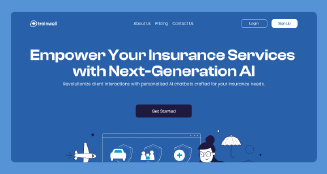
The story is about how we built an AI-powered avatar of our client that helped them train insurance agents with a 50% improvement in training efficiency.
Read More

Let's dive into the journey of how our team at Biz4Group developed one of its kind Avatar-based AI eLearning solutions for psychotherapy students.
Read More

The story is about how we built an AI-powered human resource management system that helped the ShiftFit staffing agency achieve 25% reduction in operational costs.
Read More

Adobe stands as a mogul today in the multimedia computer software industry worldwide. Adobe Flash, Photoshop, Adobe Illustrator, Acrobat Reader, PDF and Adobe Creative Cloud are some of the revolutionary creative solutions Adobe is currently offering to millions of users globally.
Read More
Company
AI Products
Services
Resources
Be it high maintenance cost for your aircraft, or compliance with regulatory requirements, it is a complete hassle for private jet owners to maintain an aircraft. But, we at Biz4Group have got you covered!
Wonder how?
Our enterprise AI chatbot solution team has successfully delivered an AI aircraft maintenance solution to one of our clients from AMxTD, wherein now jet owners can rely in terms of Real-time monitoring & diagnosis, Maintenance scheduling & optimization, Inventory management & more.
AI-driven aircraft maintenance solutions are transforming the industry, offering unprecedented levels of efficiency, safety, and cost-effectiveness. At Biz4Group, we are committed to developing cutting-edge AI solutions that revolutionize aircraft maintenance solutions.
Let’s delve into the use-cases of aircraft maintenance solutions below:
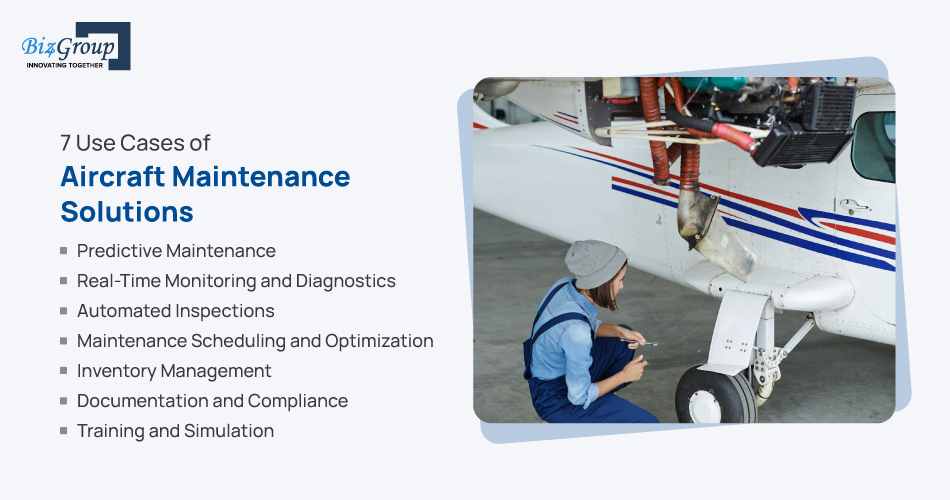
Through predictive maintenance, our developer team at Biz4Group utilize AI algorithms to forecast potential equipment failure. This mode of aircraft maintenance service involves carrying out regular check-ups and routine repairs on an aircraft.
Moreover, the market for the predictive maintenance is expected to grow from USD 10 billion of the year 2019 to USD 23 billion by the year 2023. It was USD 6 billion in 2024, & USD 47.8 billion in 2029.
The developers from our chatbot development company, capture data from a great number of sensors in numerous aircraft, wherein it becomes feasible to predict that a particular part is going to fail shortly. This excludes the risk of an unexpected failure, along with adjusting the maintenance timetable.
a. Reduced Downtime: Application of predictive maintenance reduces aircraft disruption. Besides, our clients need not worry about manually scheduling the aircraft maintenance, instead the scheduling is done automatic.
b. Cost Savings: Reduction in unexpected failures leads to minimized emergency repairs, and the cost associated with it.
c. Enhanced Safety: The aircraft maintenance solutions, developed by Biz4Group identify potential issues before they become critical.
Our team at Biz4Group, the generative AI development company , holds expertise in leveraging Real-time monitoring systems for aircraft maintenance. The monitoring system can continuously collect and analyze data from aircraft systems. The team uses AI as a technology to diagnose areas that require attention and offer timely insights to the maintenance teams.
a. Quick Issue Detection: Real-time monitoring systems lead to quick anomalies detection, so that there are all chances of taking corrective measures, accordingly.
b. Level-up Operational Efficiency: The maintenance team can schedule and prioritize tasks, based on the real-time data, while leveraging the real-time monitoring system. Hence, it saves the team a large chunk of time.
c. Enhanced Reliability: Real-time monitoring system leads to correct functioning of all systems, due to its continuous monitoring feature. Hence, it increases the overall aircraft reliability.
It is required to leverage AI-powered drones and robotics in examining the planes. It includes detailed visual inspection of exterior and interior surfaces of an aircraft, that might be showing signs of exterior/interior structural concerns, such as structural bruises or cracks due to stress or fatigue. Automated inspections take less time as compared to the time that may be taken in manual inspections.
a. Speed and Accuracy: Automated inspection systems consist of characteristics that make them capable of conducting the inspections than human inspectors, within less time and with better efficiency.
b. Comprehensive Coverage: Drones and robots can also assess territories that cannot be easily accessed and ensure that enough checks have been done.
c. Reduced Human Error: It also nullifies a lot of interference from people in the process, hence minimizing probable mistakes during the inspection phase.
Also Read: Legacy Chatbot – A Gift to Generations
Implementing an AI solution would also help to identify when maintenance should be conducted, depending on usage of an aircraft, historical maintenance data & predictive analysis. This therefore implies that maintenance activities are performed at the right time, with respect to operation requirements.
Our team at Biz4Group, also a web development company, holds expertise in developing a robust AI aircraft maintenance solution. For more related services, like outsource bot development solutions, and other services, feel free to hire our versatile team of developers.
a. Optimized Resource Utilization: This is achieved through reducing the time that maintenance resources are idle so that they can be put into productive use avertable.
b. Improved Aircraft Availability: Ideal schedules make it easy to have aircraft at the correct time, thereby increasing the efficiency of the fleets.
c. Data-Driven Decision Making: This leads to improved decision making on when to conduct maintenance, thus improving the maintenance procedures to be used.
Stock Control is recognized as one of the key elements that influences the efficiency of any aircraft maintenance organization. Automated systems, such as artificial intelligence can use data analysis and predictive analytics, to determine the demand for spare parts. This means that the right part is in stock, and ready for use, thereby avoiding a situation where the equipment has to be taken off for want of a particular part.
a. Reduced Inventory Costs: The correct forecast ensures that there is no overstocking or understocking, which helps to control the inventory.
b. Minimized Downtime: It also cuts time spent on maintenance since the right parts are available for use.
c. Improved Procurement Processes: Automation helps in managing the procurement process, as per timelines and cost optimization.
It is imperative that companies and organizations keep record of their client and abide with meeting set regulations, when it comes to the maintenance of their aircraft. Another obvious area where AI comes in handy is in making sure that the records of all activities performed are well documented, in line with laid down procedures in maintenance documentation.
a. Accurate Record-Keeping: Mentioned systems provide suggestions that ensure that all the activities done in the maintenance shall be recorded in the right manner.
b. Regulatory Compliance: As for compliance, AI ensures that the maintenance practices implemented do not cause any regulatory issues, discounting compliance risks.
c. Efficiency: This makes the current work of the maintenance teams less loaded with the administrative burden and relieves them from futile occupations.
Also Read: Next-Gen Therapy Training: Avatar-Based AI Education App for Aspiring Therapists
E-training and virtual exercises great help to the maintenance personnel and they can practice what they will encounter in reality. These programs entail the usage of efficient models of different maintenance scenarios, which can be used to practice the actual scenario.
a. Enhanced Training Effectiveness: The application of live simulations is highly recommended since it fosters additional experience leading to skills improvement.
b. Safe Learning Environment: Students will also have opportunity to learn, practice and even make mistakes in the process without having to suffer the consequences and, thus stand to benefit from having been exposed to such an environment.
c. Continuous Improvement: Based on the findings, it was inferred that training and development programs through artificial intelligence technology and aligning it with the current knowledge and skills to improve the skill development.
There has been changes in the manner that aviation industry operates due to incorporation of AI in the maintenance of aircrafts. In terms of possible applications, digital twins enable actualization of predictive maintenance, real-time monitoring, automated inspection, and determination of the optimal schedule, which promises to give a significant boost to efficiency, safety, and lower costs.
In fact, at Biz4Group, we are always at our best to design such solutions which are most effective and help the clients to move to the next level.
Nonetheless, when it comes to utilizing artificial intelligence technologies for enhancing the aspects related to aircraft maintenance and management and the subsequent advancements of aviation industry, a number of prospects are expected. Not only does the above-mentioned use and case discussion provide insight into the current state of artificial intelligence, but also the future development that will make the operations more secure.

Sanjeev Verma, the CEO of Biz4Group LLC, is a visionary leader passionate about leveraging technology for societal betterment. With a human-centric approach, he pioneers innovative solutions, transforming businesses through AI Development, IoT Development, eCommerce Development, and digital transformation. Sanjeev fosters a culture of growth, driving Biz4Group's mission toward technological excellence. He’s been a featured author on IBM and TechTarget.
Linkedin -
https://www.linkedin.com/in/sanjeev1975/IN YOUR BUSINESS FOR FREE
Our website require some cookies to function properly. Read our privacy policy to know more.